Lockheed unveils Vectis stealth CCA
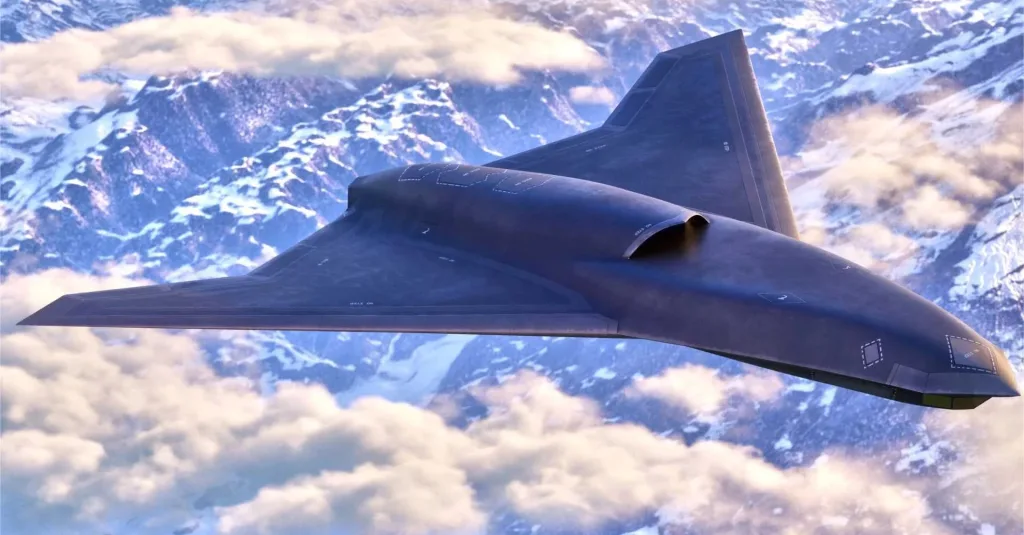
Lockheed Vectis stealth CCA is now public after its reveal at the Air, Space & Cyber Conference 2025. Skunk Works says it will build and flight‑test the Group 5 aircraft within two years. The concept favours survivability and deep‑strike relevance over disposable wingman ideas. In this piece, we explain what that means for U.S. and […]
MARNAV Block 2 resilient PNT demos set tone
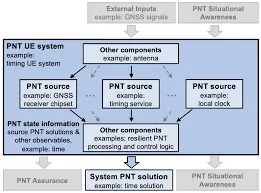
The U.S. Marine Corps is pushing ahead with MARNAV Block 2 resilient PNT vendor demonstrations aimed at fielding M‑Code, NAVWAR‑ready, drop‑in replacements for legacy DAGR‑class receivers across combat platforms. Though the notices have drawn little mainstream coverage, the move matters: it signals a pivot to cheaper, faster, vehicle‑edge Assured PNT that can be bought at […]
Army 3D‑printed parts approval speeds repairs
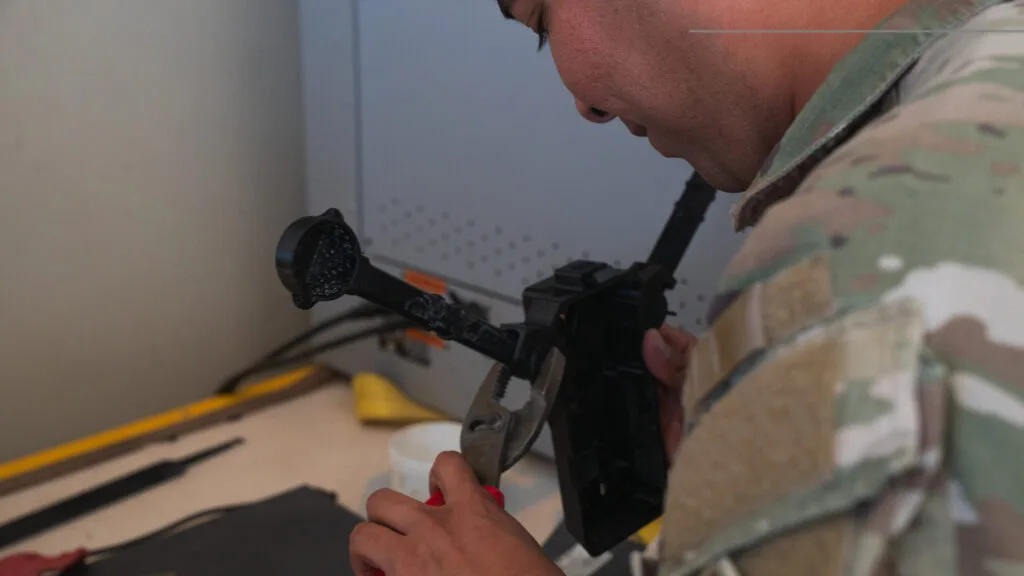
The U.S. Army has moved to delegate frontline approval for additively manufactured components, enabling commanders to authorize and field small replacements without routing decisions to higher headquarters [1]. This step makes the policy intent explicit: accelerate fixes, return combat power to the line, and use the “right to repair” to close sustainment gaps in dispersed […]
Russia unveils Sarma 300mm MLRS
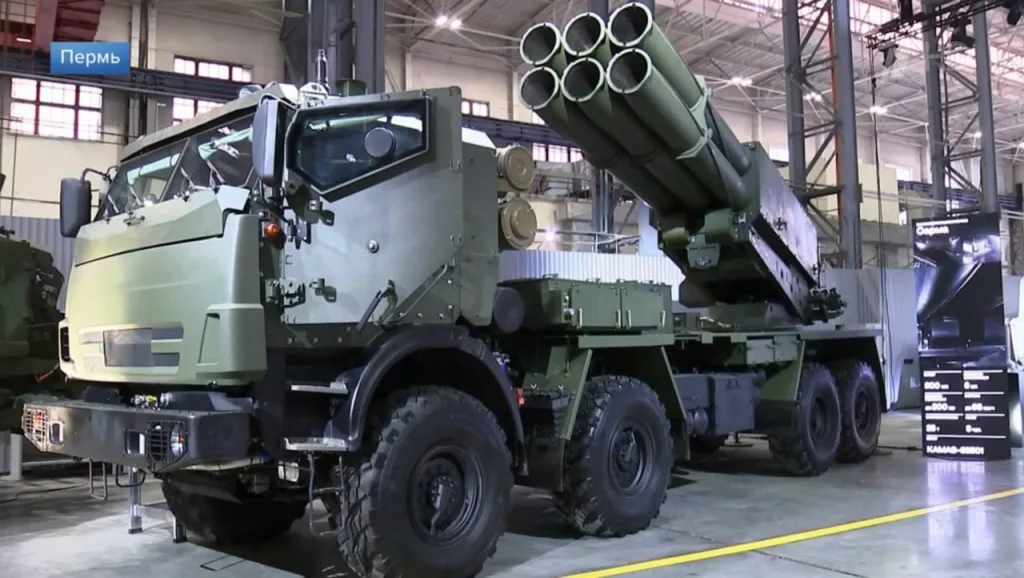
Russia has publicly shown the Sarma MLRS, a 300mm multiple launch rocket system on the KamAZ‑63501 (8×8) armored chassis, during President Vladimir Putin’s visit to the Motovilikha Plants in Perm. The display confirms that Moscow is pushing a mobility‑first iteration of heavy rocket artillery, trading the classic twelve‑tube layout for a six‑tube configuration that’s easier […]
DAFI 99‑103 test and evaluation update: what changes
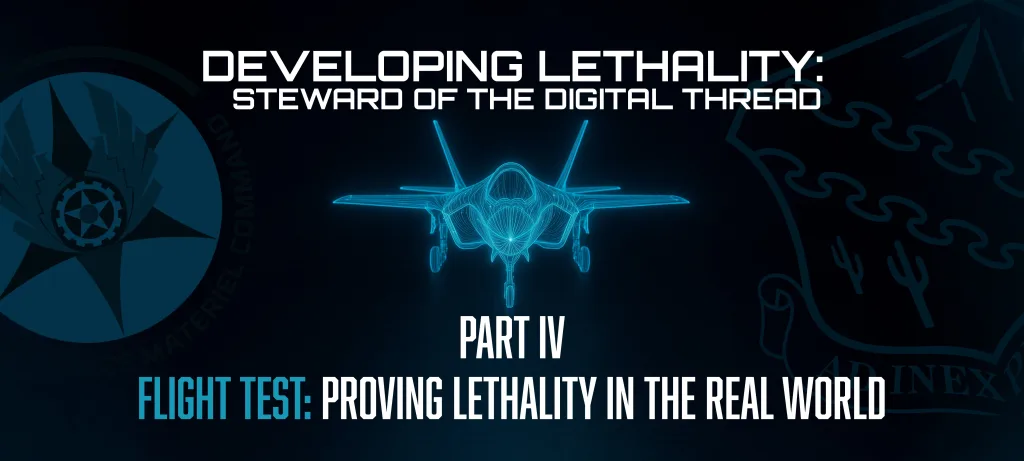
The U.S. Department of the Air Force has rewritten its core DAFI 99‑103 test and evaluation instruction, issuing a Guidance Memorandum on 22 August 2025. The memo updates experimentation and reporting across the Air Force and the Space Force. It formalises capabilities‑based T&E, broadens USSF roles, and links early experimentation to acquisition choices. As a […]
Taiwan’s Barracuda‑500 Goes Local
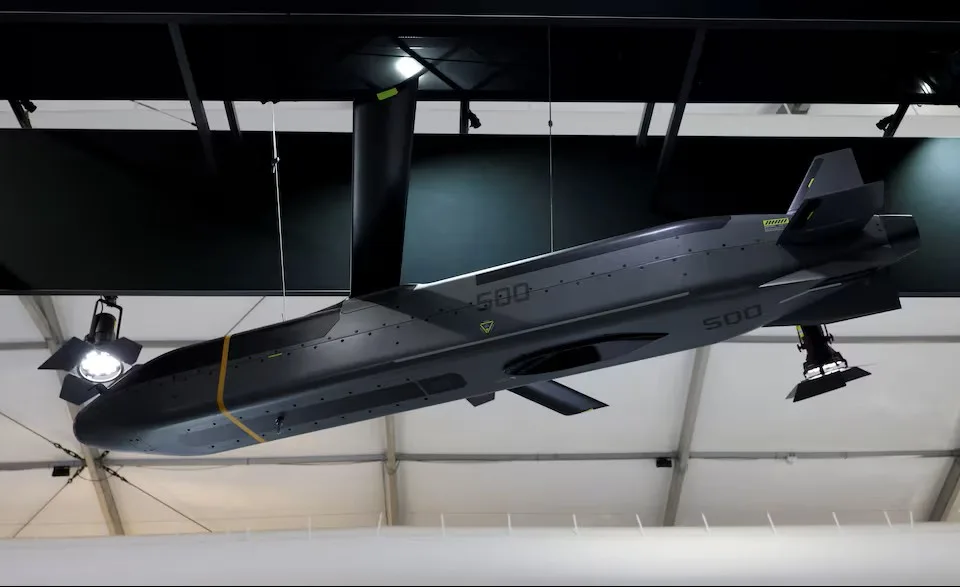
Why this matters now Taipei has crossed an important line. The Barracuda‑500 Taiwan missile—an autonomous, low‑cost cruise missile designed by Anduril—will now be built in Taiwan by NCSIST via technology transfer. As China increases pressure, local production offers speed, resilience, and numbers.
Defence Agenda Evening Brief — 19 September 2025
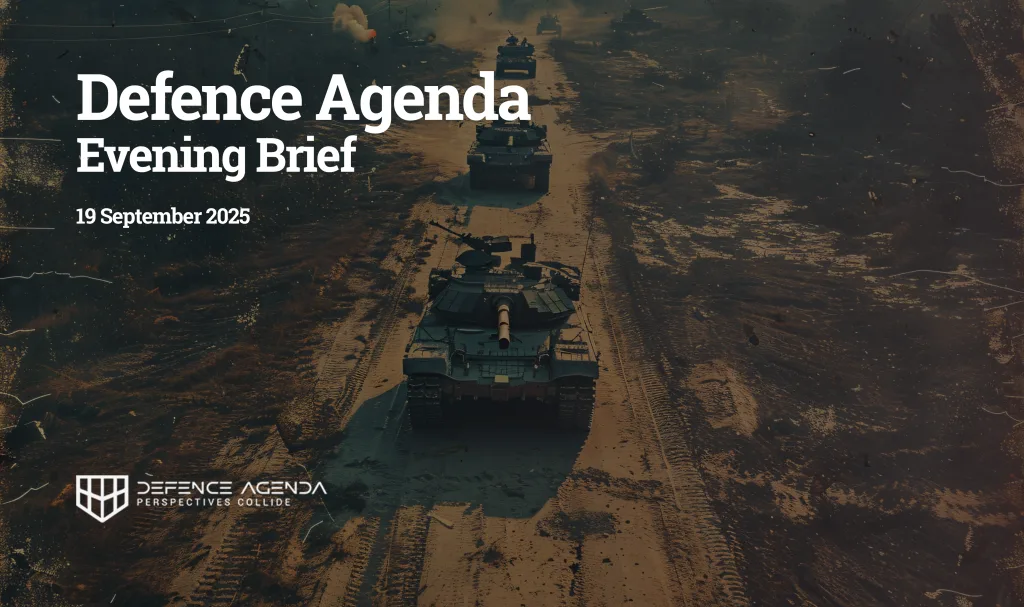
19 September 2025, 09:00 (Europe/Istanbul) Executive Summary This week’s signals cluster around three arcs: (1) combat mass at cost from DSEI—MBDA’s SPEAR GLIDE and deployable AI at the edge (Thales, MARSS NiDAR)—aimed at saturating targets without saturating budgets; (2) operational integration—NATO’s REPMUS/Dynamic Messenger commenced in Portugal, advancing unmanned systems experimentation; (3) industrial pressure—Europe’s rare earth […]
NATO’s New Underwater Mission Network

Interoperability for the underwater fight—now on a NATO timeline NATO has tasked a Saab‑led consortium, MANGROVE, to deliver the Allied Underwater Battlespace Mission Network (AUWB‑MN). The goal is clear: knit together crewed and uncrewed maritime systems across allied fleets. The project began on 1 September 2025. Saab Kockums serves as prime. The first 12 months […]
IRYDA Plus: Poland’s Unmanned Drone‑Fighter

Poland has unveiled the IRYDA Plus unmanned counter-drone fighter—a pilotless interceptor positioned to tackle mini‑UAVs, drone swarms and loitering munitions with hard‑kill effects while slashing the cost‑exchange burden that dogs traditional air defence. A newly formed consortium of MBF Group S.A. (leader), Squadron Sp. z o.o. (ASE Group) and the Polish Industrial Lobby (PLP) launched […]
ISO 24113 revision could reset space‑debris rules

NASA and ISO delegates are moving to accelerate the next update of the ISO 24113 space debris standard, a quiet but consequential change that could alter compliance baselines for satellites, launch stages and debris‑generating components used across defence space programmes. For primes and Tier‑1 suppliers, the fifth edition of ISO 24113—now being prepared earlier than […]
MBDA Unveils SPEAR GLIDE

MBDA Unveils SPEAR GLIDE at DSEI 2025 MBDA has introduced MBDA SPEAR GLIDE, a lower‑cost precision glide weapon designed to boost combat mass and speed up fielding. Announced at DSEI 2025, the variant complements SPEAR and SPEAR‑EW with an attritable option built for high‑rate production. It targets contested airspace and tight budgets, where affordability, adaptability, […]
China’s LY‑1 Laser Air Defense
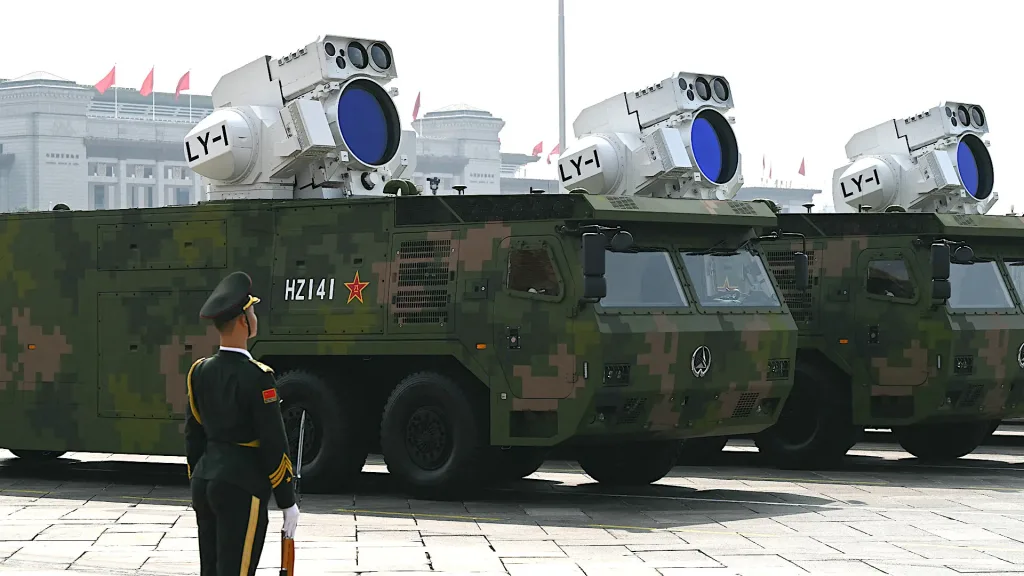
China’s new LY-1 laser air defense system drew global attention after its public debut during Beijing’s 80th‑anniversary Victory Day parade on 3 September 2025. Presented as a shipborne layer that can also operate from land vehicles, LY‑1 signals an accelerated move to hard‑kill low, slow, small threats and to degrade optical seekers on faster missiles […]
EU Faces New Rare Earth Squeeze

European manufacturers are again confronting material shortages and line stoppages as China’s rare earth export controls tighten, despite assurances from the July summit to fast-track licenses for EU firms. The European Union Chamber of Commerce in China warns that approvals have slowed only weeks after the Beijing summit, with fewer than one in four tracked […]
Russia tests FPV rocket drone interceptor
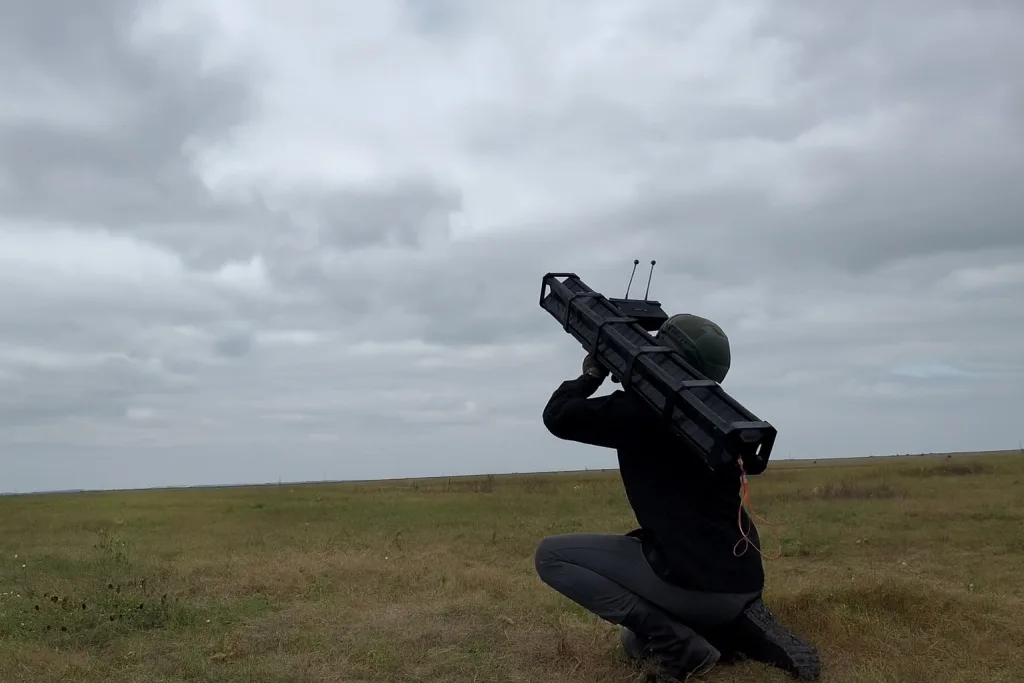
Russia has begun field testing an FPV rocket drone interceptor that blends tube launch, a detachable solid‑fuel booster and first‑person‑view control to chase hostile UAVs. The design—credited to the “Vektor” group—aims to give infantry a cheap kinetic option between jammers and high‑end missiles, using 3D‑printed, reloadable launch tubes and modular projectiles. The approach reflects a […]
REPMUS/Dynamic Messenger 2025 Begins

NATO has launched REPMUS/Dynamic Messenger 2025 off Portugal’s Atlantic coast. This event pairs a technology-heavy experimentation campaign with an operational phase that pushes prototypes toward fleet use. The Robotic Experimentation and Prototyping with Maritime Unmanned Systems (REPMUS) series now runs alongside Dynamic Messenger, creating a continuum from lab to ship to task group. According to […]
Rearming the Defence Industrial Base
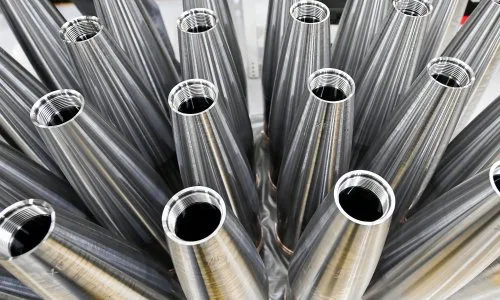
Russia’s invasion of Ukraine forced capitals to rediscover an unfashionable truth: production is deterrence. The immediate lesson for policymakers is that defence industrial base readiness—from stockpiles to surge capacity and workforce—is now a strategic variable, not a back‑office concern [1]. In a world of rapid, cheap battlefield innovation, nations that can refresh sensors, munitions and […]
Reaper Exports Unlocked by MTCR Rethink
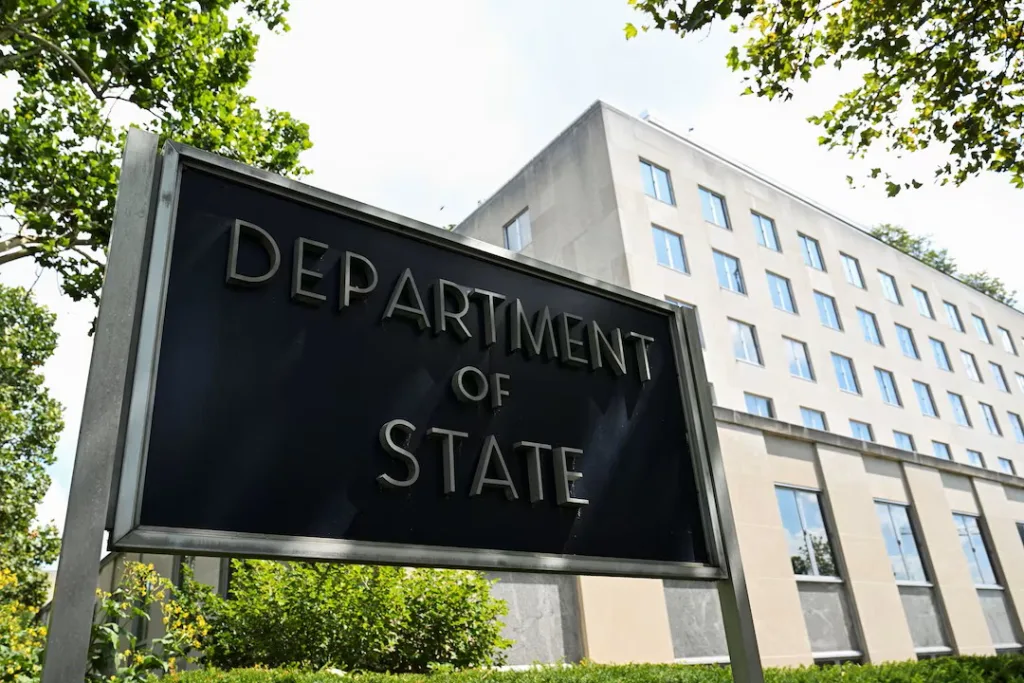
Why Washington’s reinterpretation matters now The State Department has approved a U.S. drone export policy shift that reclassifies large armed unmanned aerial systems (UAS) like the MQ‑9 Reaper as aircraft—handled similarly to F‑16‑class fighter sales—rather than as missile systems under the 1987 Missile Technology Control Regime (MTCR) [1]. The change, signed off by Secretary of […]
SANCAR AUSV completes live‑fire trials
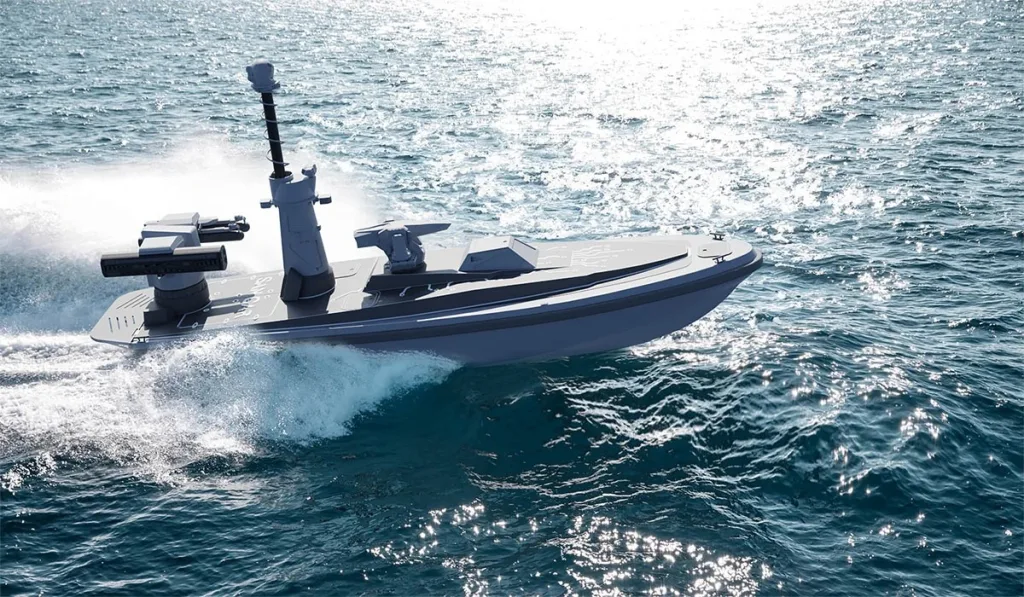
Image: HAVELSAN / SANCAR AUSV product visuals SANCAR AUSV Live‑Fire Trials Validate ADVENT ROTA The SANCAR AUSV live‑fire trials in the Marmara Sea marked a measurable step for Türkiye’s unmanned surface warfare. The 12.7 mm stabilised weapon was fired under ADVENT ROTA control and fleet supervision, demonstrating task handover, swarm manoeuvres and coordinated strikes through the […]
UK to Field AI Drone Swarms
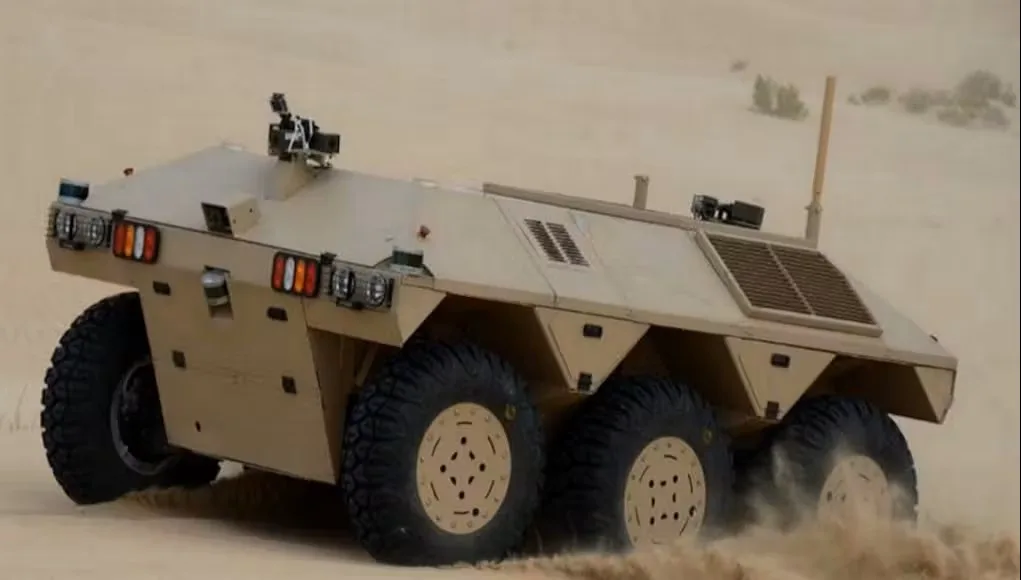
Britain is moving fast on autonomy. The Ministry of Defence plans to field UK AI drone swarms and unmanned ground vehicles at scale within five years [1]. This shift is anchored in the Strategic Defence Review (SDR) 2025 and recent answers by Defence Minister Luke Pollard. Together, they place AI, autonomy, and a shared digital […]
TALAY: Sea‑Skimming WIG Combat Drone
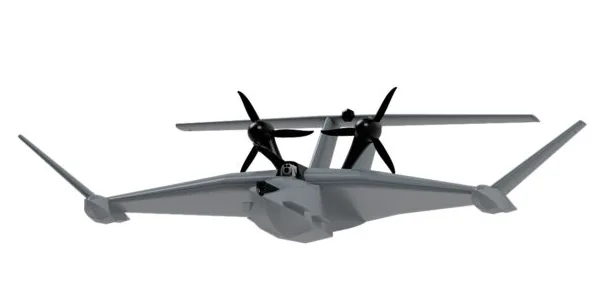
Türkiye fields a production‑ready wing‑in‑ground (WIG) maritime UAV that flies inside the radar horizon—and rewrites littoral strike math. Turkey’s TALAY—described by its developer Solid Aero as the world’s first production‑ready sea‑skimming multipurpose UAV—blends the aerodynamic efficiency of a wing‑in‑ground (WIG) craft with the signature management of a low‑flying drone. The result is a new class […]
